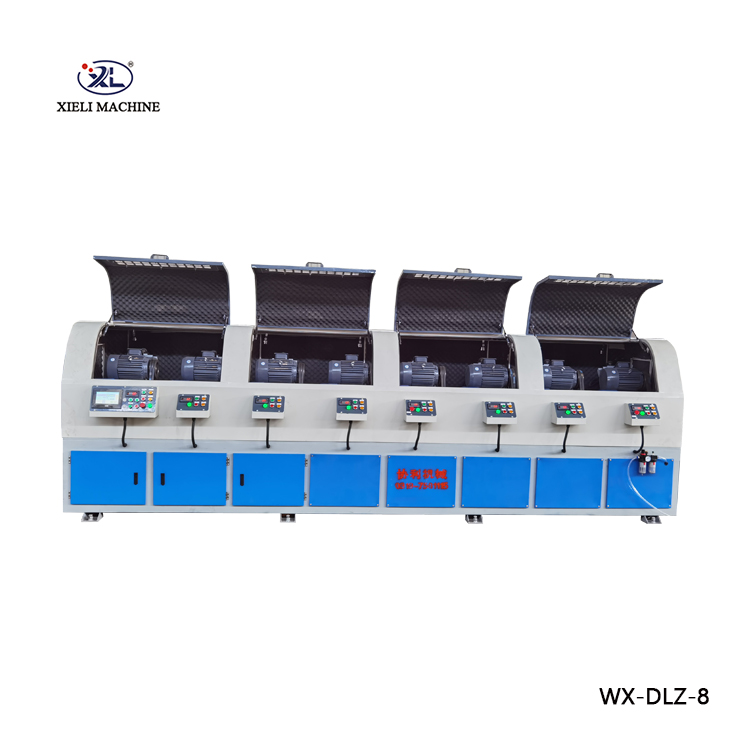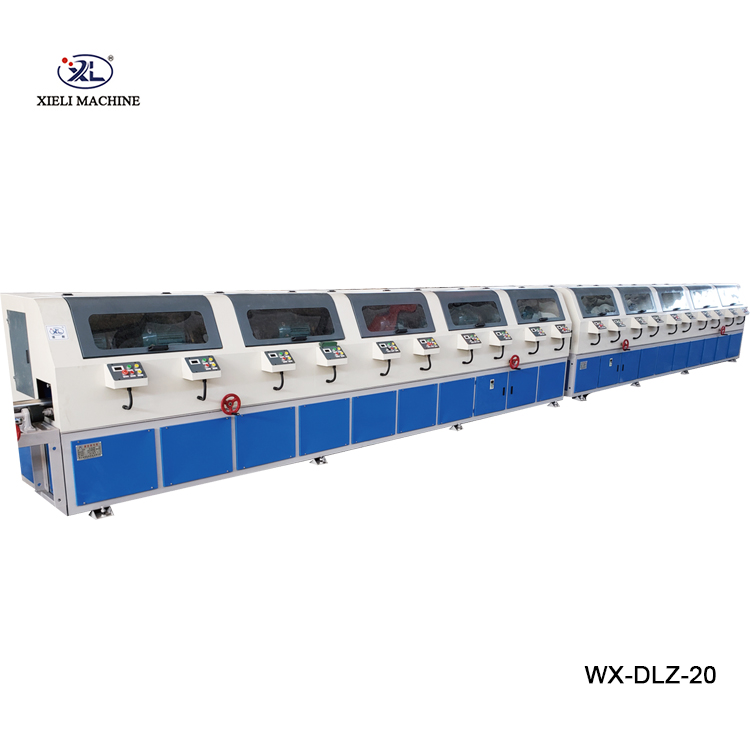The Importance of Centerless Grinders in Modern Manufacturing
In the realm of precision manufacturing, centerless grinders play a pivotal role in shaping and finishing various metal components. This process has gained immense popularity due to its efficiency, flexibility, and the superior quality of the finished products. Unlike traditional grinding methods, which require support through conventional fixturing, centerless grinding allows for continuous and streamlined operations, making it a preferred choice for many industries.
How Centerless Grinding Works
Centerless grinding operates on a fundamentally different principle compared to other grinding techniques. Instead of using a fixed setup where the workpiece is held in place, centerless grinders utilize a setup that includes a grinding wheel, a regulating wheel, and a workpiece support. The grinding wheel performs the actual grinding, while the regulating wheel controls the speed and position of the workpiece. This setup allows the workpiece to rotate freely between the two wheels, which facilitates the grinding process without needing extra fixtures or supports.
The main advantage of this method is its ability to grind components of various sizes and shapes with remarkable precision. It is largely used for cylindrical components such as shafts, rods, and pins, which are critical in automotive, aerospace, and other engineering fields.
Efficiency and Productivity
One of the standout features of centerless grinders is their ability to enhance productivity. Since multiple pieces can be processed simultaneously, manufacturers can achieve higher output levels without a corresponding increase in labor or overhead costs. This efficiency translates to reduced cycle times, driving down costs and enabling companies to respond more swiftly to changing market demands.
Additionally, centerless grinding machines can operate on a continuous feed basis, which further boosts productivity
. This characteristic is particularly beneficial for large production runs, where maintaining consistency and minimizing downtime are crucial.centerless grinder products

Versatility in Applications
Centerless grinders are not limited to a specific type of material or industry. They are adaptable enough to handle various materials, including metals like steel, aluminum, and brass, as well as plastics and ceramics. This versatility makes them invaluable across numerous sectors, including automotive manufacturing, medical device production, and tool-making.
Moreover, manufacturers can configure centerless grinders to meet specific requirements. For example, they can adjust the wheel speeds, angles, and grinding depths, thus allowing for customized operations tailored to the unique needs of different projects.
Quality and Precision
Quality assurance is another significant advantage offered by centerless grinding. The precision of the process ensures that products meet stringent tolerances and finishes, which are critical in applications where functionality and performance depend on exact measurements. Moreover, centerless grinding eliminates many of the flaws associated with other grinding techniques, such as chattering and misalignment. This results in a smoother surface finish and better overall quality of the final product.
Conclusion
In conclusion, centerless grinders are an essential tool for modern manufacturing, offering unmatched efficiency, versatility, and precision. As industries continue to evolve, the role of centerless grinding technology is likely to expand, paving the way for innovations that meet and exceed the demands of the contemporary manufacturing landscape. Investing in high-quality centerless grinding products can significantly enhance productivity and product quality, making them a valuable asset for any manufacturing operation.





